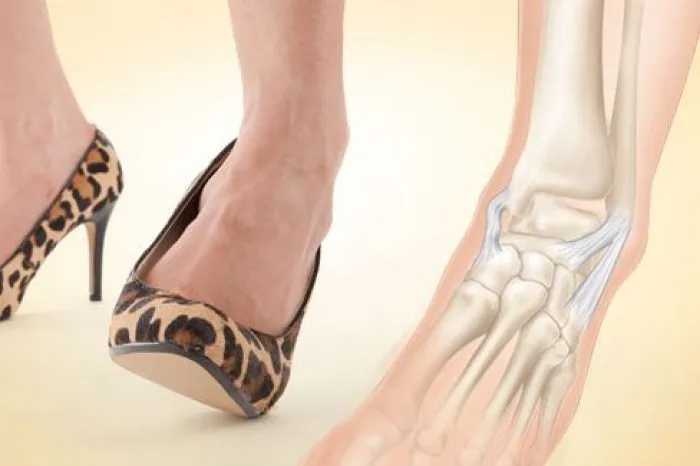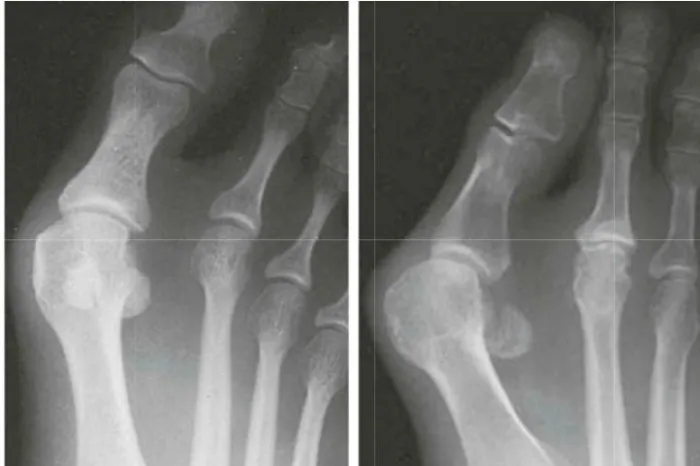The Pain and Pleasure of Wearing High Heels:
Everyone woman has endured the pain of wearing high heels. Yet many women still love to wear them. Heels can make us look taller. They make us feel more feminine. High heels also increase a woman's attractiveness by altering their gait (shorter strides with more rotation of the hips). But beyond the pain, high heels can cause serious problems with your feet, legs, knees and back.

Acute Injuries
When we wear high heels, our body weight is pushed forward. Compensatory changes adversely affect balance leading to falls and twisting injuries. Even women who have worn heels for a long time can develop muscle imbalances and ankle instability that contribute to injury. Falls and twisting injuries can lead to ligament sprains, ankle fractures and foot fractures.

Chronic Injuries To The Feet
Chronic Injuries To The Leg and Ankle
Chronic Injuries To The Knees And Back
As previously mentioned, high heels push the body weight forward. To counteract the force, the back and upper body extend backwards. The increased force on the kneecaps can lead to osteoarthritis in the knee. The hyperextension of the back can cause low back pain, disk problems, narrowing of the opening for the nerves and sciatica.
What You Can Do
- Avoid heels or wear a smaller heel. Even decreasing the heel by 1 inch can decrease the pressure on the ball of your foot by approximately 25%. A smaller heel also decreases the risk of twisting injuries to the foot and ankle.
- If you cant avoid heels altogether, minimize the length of time you are wearing them by commuting in flats or taking them off under your desk.
- Find heels with a wider toe box to allow the toes and metatarsals to spread more naturally.
- Stretch daily. Stretching your calves and feet daily can maintain flexibility and avoid the problems associated with tight calf muscles.